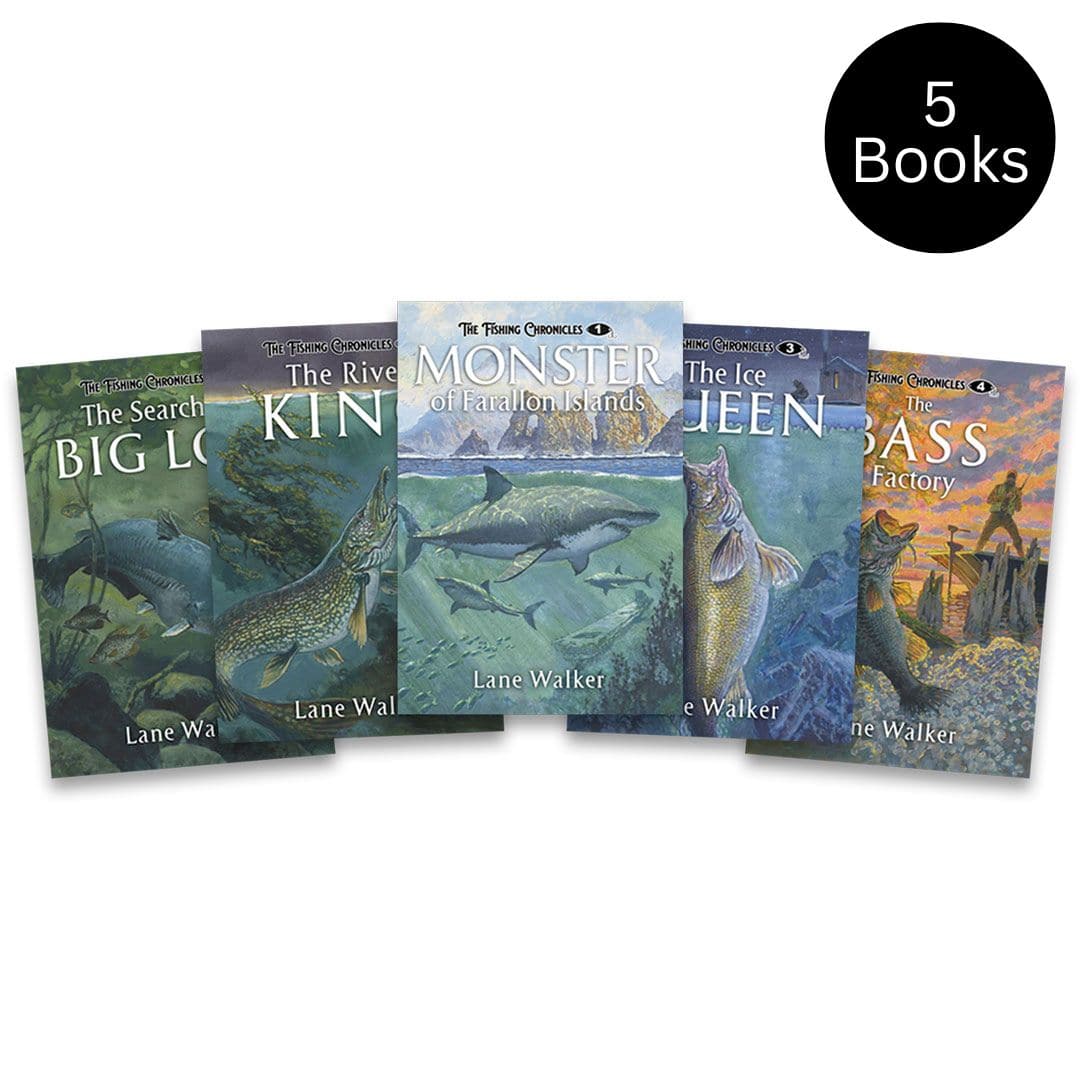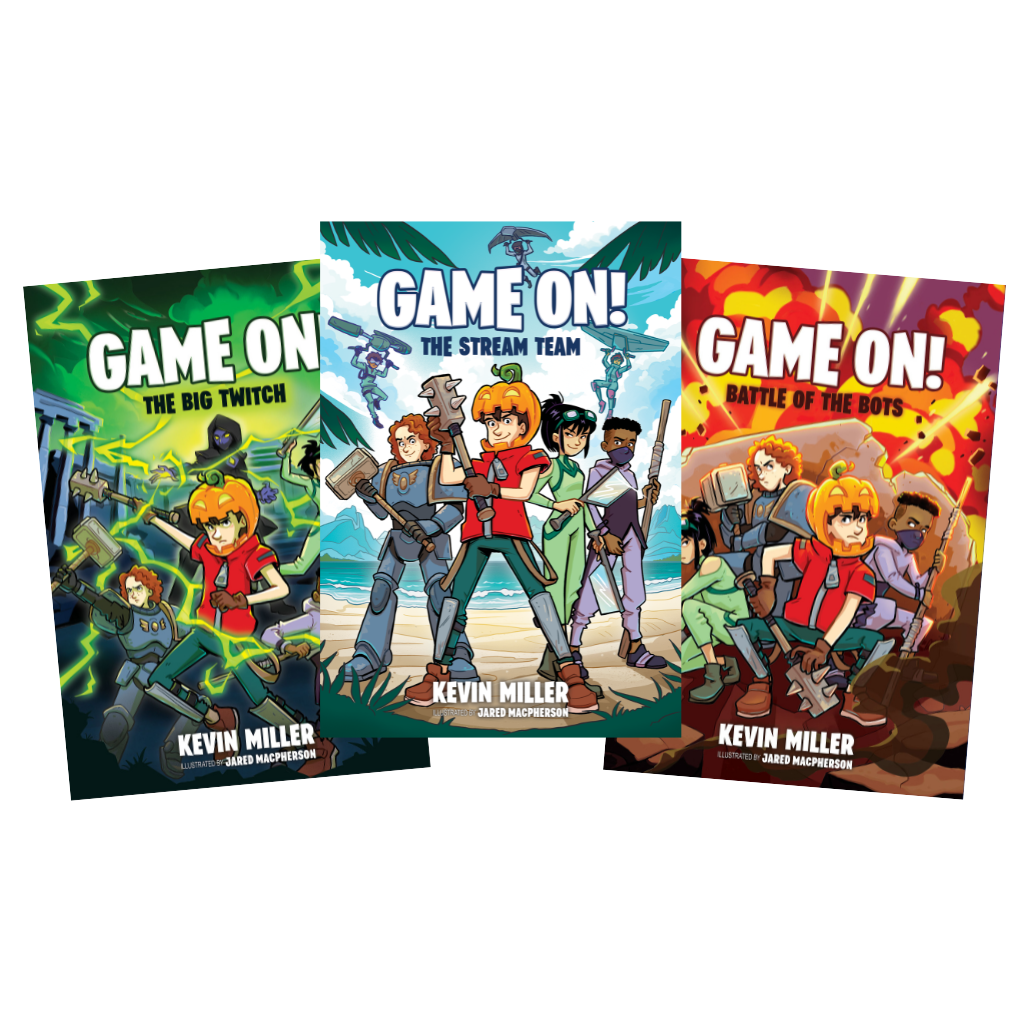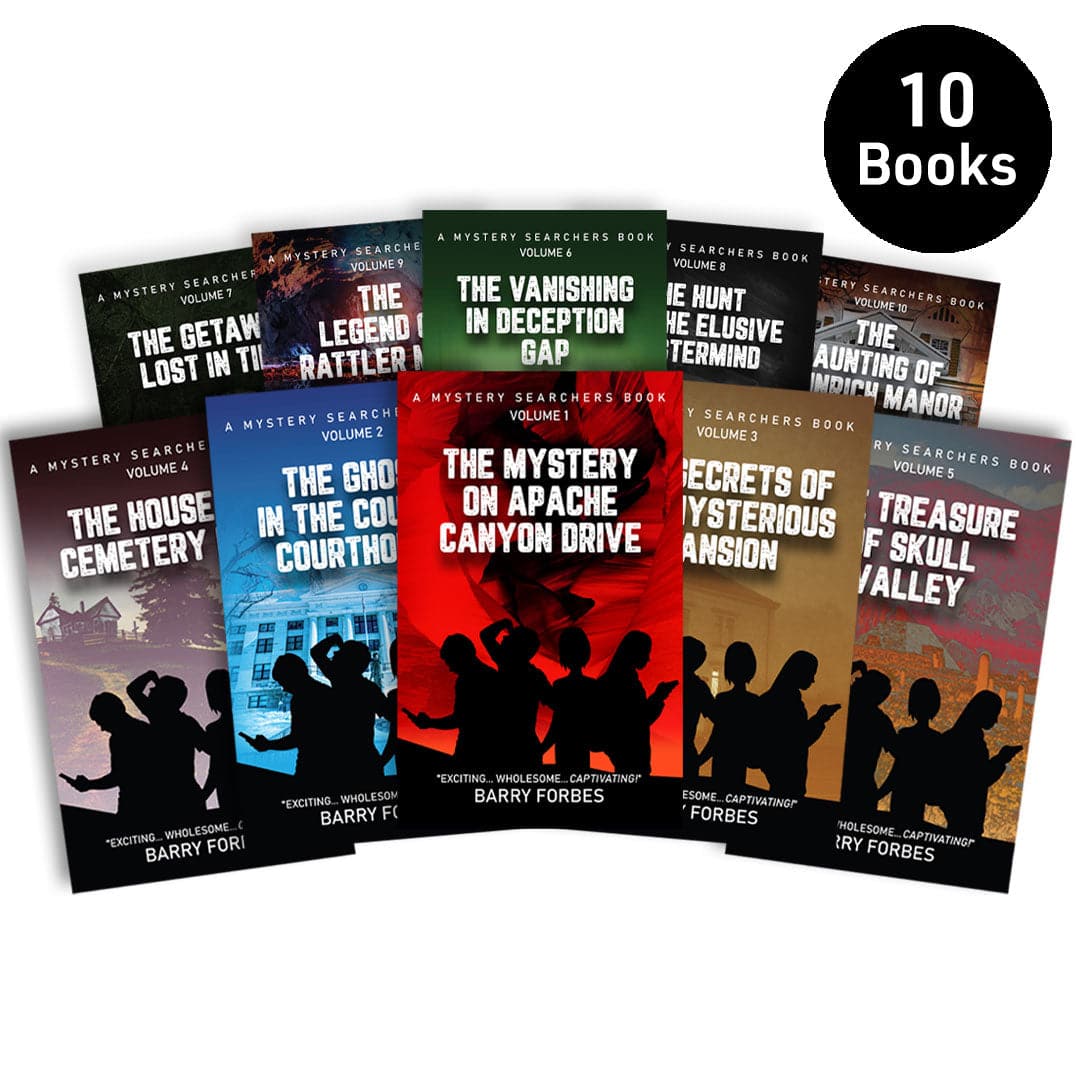A Book Series That Inspires Girls 6 To 9 Years Old
Danica Panica has a problem that she’s afraid to tell people about—because being afraid is exactly her problem!
The list of things that frighten Danica is endless, but a few of them include: snakes, spiders, dogs (and some cats), horses, fish, bees, mice, germs, deep water, heights, darkness, loud noises, open spaces, closed spaces, thunderstorms, flying, needles, pills, doctors, nurses, dentists, hospitals, clowns, ghosts, and . . . beards (yes, beards, especially the thick bushy kind).
Thankfully, Danica has her loyal Yorkshire terrier Clark to help her through it, not to mention her parents, though her younger brother Ivan (“the terrible”) is another matter . . .
Join Danica in each hilarious adventure as she sets out to defeat yet another fear, as only Danica can. Perfect for girls ages 6–9, this delightful series will inspire young readers to conquer their fears, appreciate their uniqueness, and live a fuller, richer, and more enjoyable life.
Author Q&A Session:
What inspired you to write the "Danica Panica" series, centered around a girl with a long list of fears?
My youngest daughter struggles with OCD, Tourette Syndrome, and a general anxiety disorder, so we have spent a LOT of time over the years working with her to help her overcome her fears and function better in the world. I also know that a lot of young girls struggle with this sort of thing. So, I thought a series of humorous stories that normalize these fears and show constructive and imaginative ways to overcome them would connect with a lot of readers, including young girls as well as parents, teachers, counselors, and other adults who work with such girls. It helps that I have an educational background in social work, so I have spent a fair amount of time studying anxiety and how to cope with it.
Can you share some insights into the character of Danica Panica and how she evolves throughout the series?
Like many children who struggle with anxiety, Danica is more precocious and self-aware than usual. She knows that many of her fears are irrational, but she's still a slave to them. However, this self-awareness is also Danica's secret weapon because it allows her to step back for a moment and take a more objective look at her situation. This critical distance often provides the insights she needs to move forward. Danica gets better at this throughout the series, but she constantly has to apply this approach to different situations when a new source of fear pops up.
The series is described as "hilarious adventures." Can you tell us more about the humorous elements and how they play a role in addressing the theme of conquering fears and anxiety?
When someone is in a high state of anxiety, humor is the LAST thing they want. However, when they're in a calmer state, even children who struggle with high anxiety can laugh at themselves and some of the antics they engage in when in a state of high anxiety. In this way, I think humor helps take some of the fear out of a situation the next time and also provides a helpful emotional release in the moment. In the Danica Panica books, sometimes we laugh at the crazy lengths she goes to avoid her fears, but we're never laughing at Danica herself, as in making fun of her or belittling her. The humor comes more from a shared understanding of how manic we all get when we're desperate to avoid something and how much simpler it would be if we just faced our fears head-on.
Who is the target audience for the "Danica Panica" series, and what message do you hope young readers will take away from these books?
I wrote these books for girls ages 6-9 in particular, but as a father of four kids who read hundreds of books to his children while they were growing up, I always keep the parents in mind too, so there's another layer of humor in the books for adults to enjoy. I hope young readers come away from the books feeling validated and empowered to face their fears rather than running away from them or letting their fears restrict and control their lives. On a pure entertainment level, I also hope the books generate lots of smiles and laughter!
Danica's loyal Yorkshire terrier, Clark, is mentioned. How does this furry companion contribute to the stories, and what role does he play in helping Danica face her fears?
We have a little Yorkie named Karl that we originally bought as a therapy dog for our youngest daughter. However, he has become like a therapy dog for the entire family, bringing so much love and laughter into our lives. Clark plays a similar role for Danica, giving her a close companion in some of her darkest moments. However, in at least one of the books, Clark accidentally becomes a source of Danica's fears instead!
The series aims to inspire young readers to conquer their fears and appreciate their uniqueness. Could you elaborate on the importance of addressing fears and promoting self-acceptance in children's literature?
If we let them, our fears can restrict and control our lives, preventing us from engaging in activities that we might otherwise enjoy. Many children struggle with such fears in secret, especially if they don't have a trusted adult in whom they can confide. Addressing these fears in literature provides a way to help normalize such things for young readers, providing a sense of relief that they're not the only ones who are dealing with such things. Books also provide a basis for dialogue with parents and other adults who are involved in the child's life. This extends to self-acceptance as well. There's a direct connection between anxiety and low self-esteem. Children who are battling with anxiety often ask questions like "How come I'm the only one? How come no one else is feeling anxious? What's wrong with me?" Once again, addressing these topics in books helps children understand that such fears are a normal part of life and that there's nothing to be ashamed of. We all struggle with fears at various points. Some of us are just better at hiding it than others.
Lastly, what advice do you have for parents and educators on using the "Danica Panica" series to support children in overcoming their fears and embracing their individuality?
First of all, get children to read these books, but better yet, read them together out loud. Then take some time afterward to discuss the story. What was Danica's fear? Why was she afraid to face it? Did her efforts to avoid her fear make her life better or worse? What finally caused her to change her mind and try a different approach? What was the result? What can we learn from this story? Such dialogue helps children identify healthy coping patterns that they can apply in real-world situations. Who knows? It might even help the adults who read these books too!
















